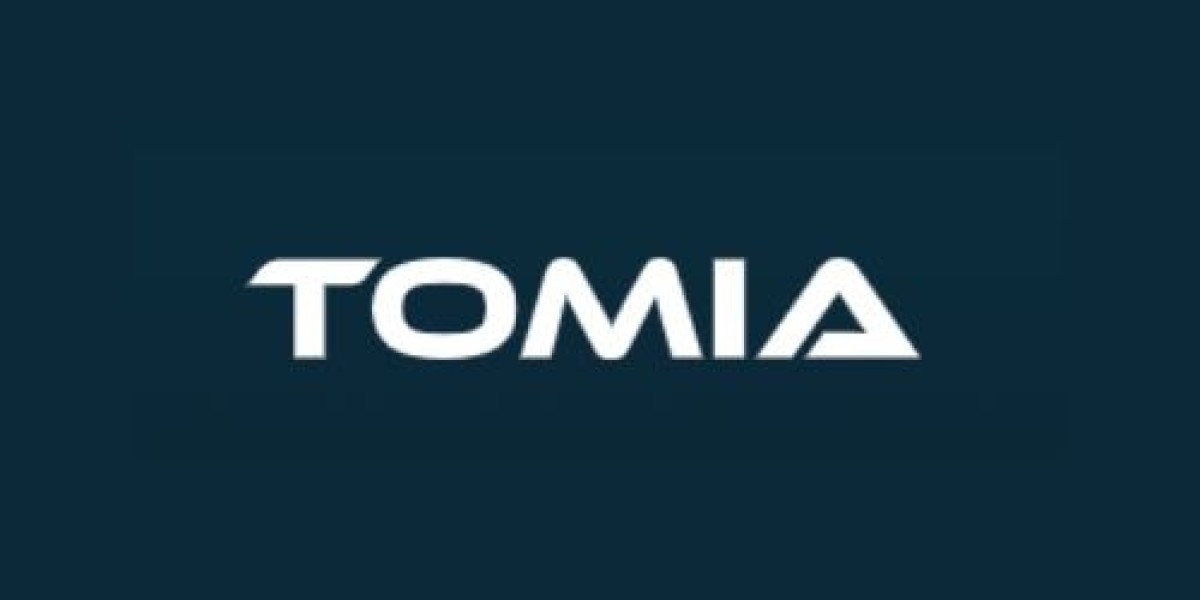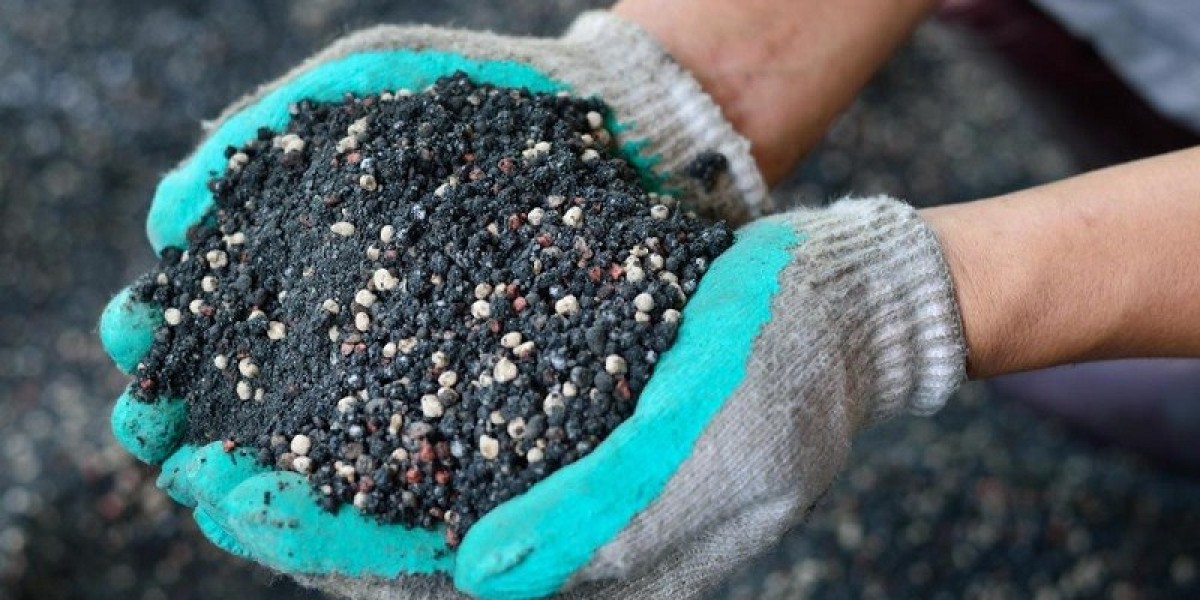Introduction
The Veterinary Active Pharmaceutical Ingredients (API) Manufacturing Market is expanding rapidly, driven by the increasing demand for animal healthcare products, veterinary drugs, and the rising prevalence of zoonotic diseases. The role of APIs in veterinary medicine is crucial, as they form the core component of medications for livestock, companion animals, and poultry. The growing awareness of animal health and stringent regulatory standards is further fueling market growth.
Understanding Veterinary APIs and Their Importance
Veterinary APIs are biologically active substances used in the production of medications for disease prevention and treatment in animals. They play a crucial role in improving livestock productivity, preventing disease outbreaks, and ensuring the well-being of pets.
Common Types of Veterinary APIs:
Antibiotics and Antimicrobials – Used to treat bacterial infections in animals.
Parasiticides – Effective in preventing tick, flea, and worm infestations.
Anti-inflammatory and Pain Management Drugs – Used for treating arthritis and post-surgical pain in pets and livestock.
Vaccines and Biologics – Essential for preventing infectious diseases in animals.
Market Growth Drivers
Several factors contribute to the expansion of the Veterinary API Manufacturing Market:
1. Rising Pet Ownership and Livestock Industry Growth
The increase in pet adoption has led to a higher demand for veterinary pharmaceuticals.
Growth in dairy and poultry farming requires effective disease management solutions.
2. Technological Advancements in API Manufacturing
Innovations such as biopharmaceutical APIs and recombinant DNA technology are improving drug efficacy.
Advanced synthesis and fermentation techniques are leading to higher production efficiency.
3. Stringent Regulations and Quality Standards
Regulatory bodies such as the FDA, EMA, and WHO are enforcing strict quality control measures.
Good Manufacturing Practices (GMP) compliance is essential for API producers to ensure drug safety and efficacy.
Challenges and Barriers
Despite market growth, several challenges hinder the expansion of veterinary API manufacturing:
1. High Cost of API Production
Advanced manufacturing processes require significant investment in R&D and infrastructure.
Raw material price volatility affects API production costs.
2. Stringent Regulatory Compliance
Lengthy approval processes for new veterinary drugs slow down market entry.
Non-compliance can result in product recalls and financial losses.
3. Rising Concerns Over Antibiotic Resistance
Overuse of antibiotics in livestock contributes to antimicrobial resistance (AMR).
Governments are promoting responsible antibiotic use and alternative treatment solutions.
Regional Market Trends
North America leads the market due to high pet adoption rates, strong regulatory oversight, and advanced veterinary healthcare infrastructure.
Europe is witnessing growth, supported by government regulations on animal welfare and increasing livestock farming.
Asia-Pacific is emerging as a key market, driven by expanding agricultural economies and rising pet care awareness.
Future Market Outlook
Increased investment in biotechnology and biologic veterinary drugs will drive market innovation.
Conclusion
The Veterinary API Manufacturing Market is evolving to meet the growing demand for effective and safe animal healthcare solutions. With advancements in biotechnology, regulatory compliance, and sustainable production, the market is set for significant expansion, ensuring better health outcomes for animals worldwide.








